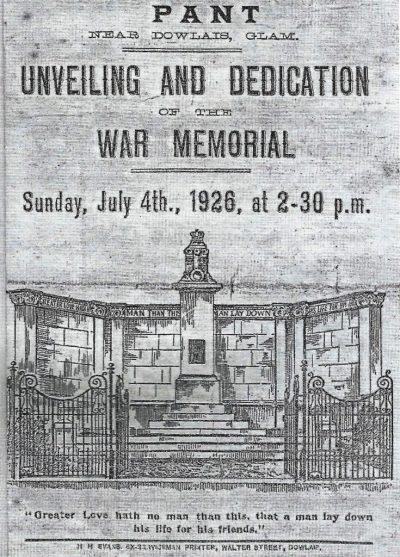We continue our serialisation of the memories of Merthyr in the 1830’s by an un-named correspondent to the Merthyr Express, courtesy of Michael Donovan.
It was at the Dowlais Works the Bessemer process for the conversion of pig into malleable iron was tried, with the result, as told me by Sir Henry himself, “I was knocked down on my back, and for two years could not get up again”. The Bessemer process, as everyone knows, is to blow air through the molten metal and so burn the carbon out, but many years before that blowing steam through molten iron in the puddling was tried there. The furnace with the apparatus was seen in the upper forge – that is, between the Dowlais office and the fitting shop.

Sir John himself conceived the idea of running the iron direct from the blast furnace into the refinery, so as to avoid the remelting usually followed. It was used for a while at the Ivor Works at the furnace next to the engine-house on the Pant side, but the refinery process itself was soon superseded to a great extent.

It was at Dowlais the very first steam whistle was made, and although the tale has been previously told, the use of the whistle for railway purposes is so extensive that it will be again told in the words of the inventor himself as told to me personally by him.
For the better understanding of it allow my saying that a column of water about 27 inches high gives a pressure of a pound for every square inch of its area, and for the feeding of his boilers James Watt had designed an automatic arrangement, based upon the weight above mentioned. Even up to 10lbs, a standpipe 270m inches high would suffice, but when it comes to 50lbs the pipe would be excessive, and as some little looking after is needed, it would be rather inconvenient, so that the regulation of the feed became dependent on the care of the stoker, he being guided by the use of gauge cocks. Stokers are human, and therefore remiss; the feed goes too low, overheating of the plates follows. This reduces their strength, perhaps, too, the steam pressure increases, and disaster follows.

Something of this kind happened, and Sir John asked Adrian Stephens if it were possible to arrange something to indicate that the feed was getting low. The upshot of the conversation was that one of the pipes from the organ in the house was sent for Stephens’ consideration. In Watts’ arrangement a float was used for governing the feed, and Stephens very naturally followed the idea. The idea of an inside valve was evolved, and by the passing of steam through the organ pipe sound was produced. It then occurred to Stephens that if the emission aperture were made all around the pipe it would be better, and he made it so.
It did not bring him profit, nor was he ever honoured as he should have been. Some Manchester workmen were then down with tools for the fitting-shop, and they either communicated or took the idea back there, and not as a regulator for feed, but as a means of calling attention the whistle became used in locomotion.
To be continued at a later date…..

 David Davies was born in July 1857, the youngest of ten children.
David Davies was born in July 1857, the youngest of ten children. Nelson Price was born on 22 May 1892 near Bethesda, North Wales, and when he was quite young, his family moved to Dowlais, settling in Broad Street. Within a few years however, his father died, leaving a widow and eight children.
Nelson Price was born on 22 May 1892 near Bethesda, North Wales, and when he was quite young, his family moved to Dowlais, settling in Broad Street. Within a few years however, his father died, leaving a widow and eight children.













